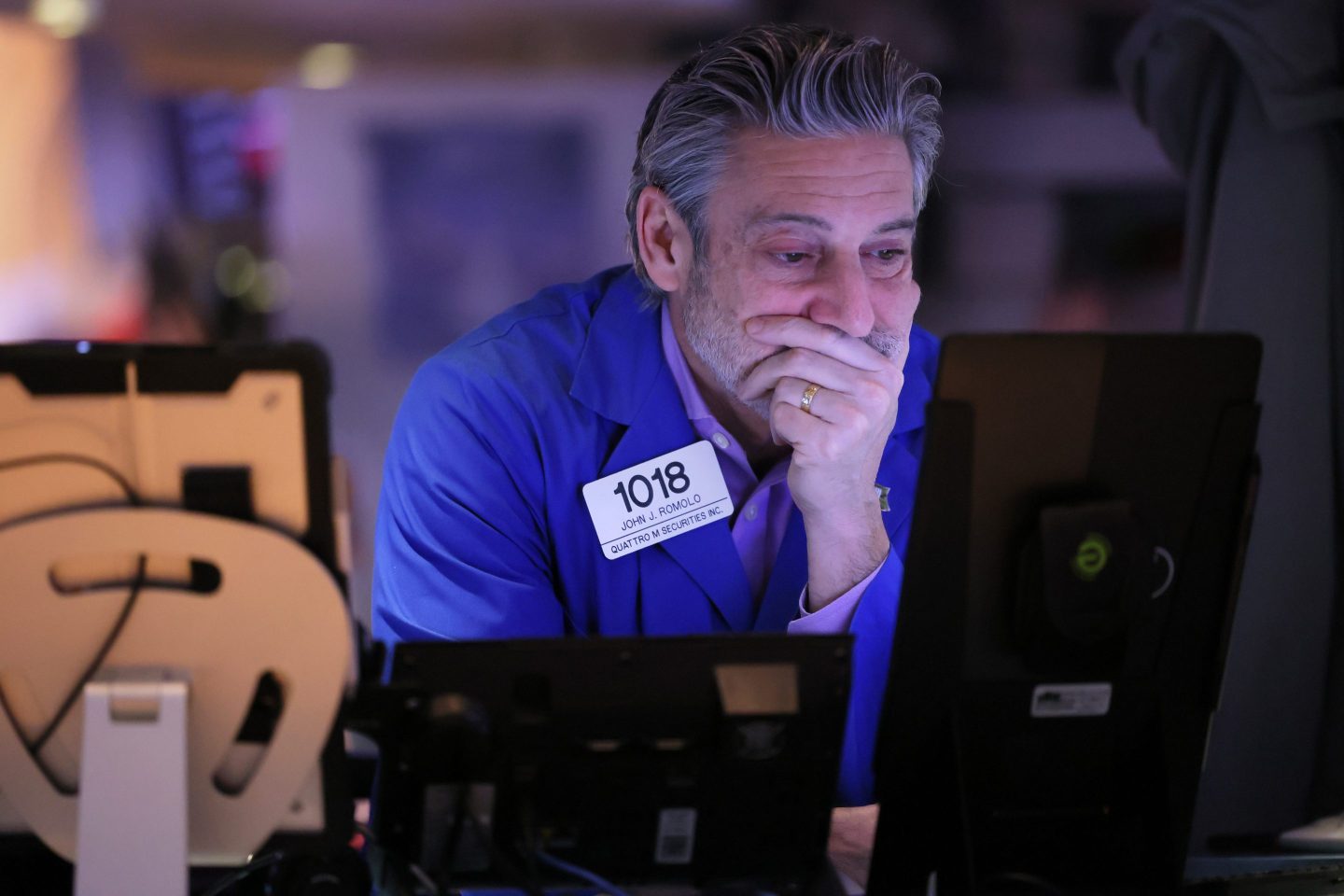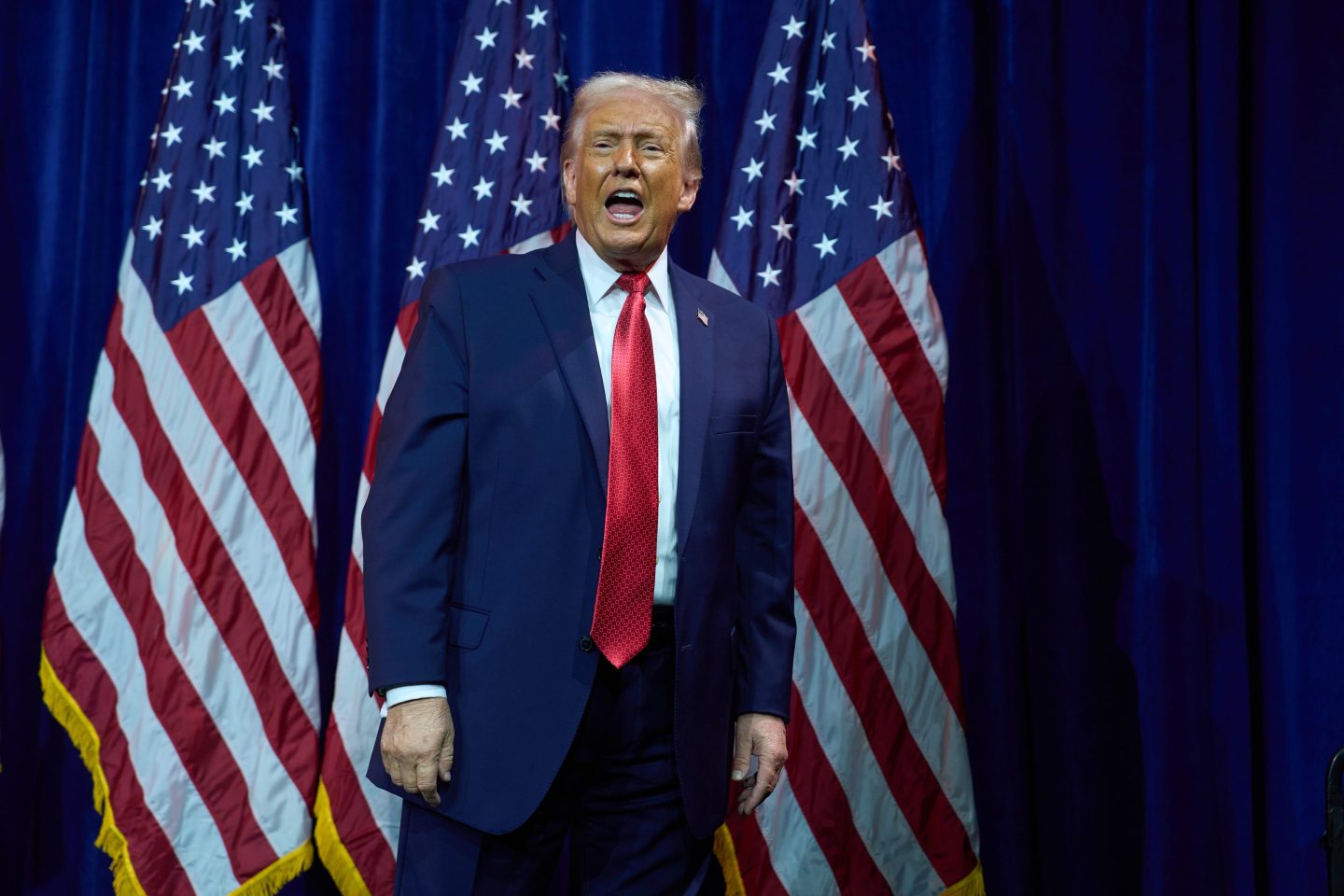Good macro—the confluence of tailwinds that played out over the past 40 years or so in the real economy, in finance, and in the global realm—has experienced significant stress in recent years. Severe disruptions to demand and supply in many markets, gyrations in inflation and interest rates, as well as rapidly fraying global institutions have all torn at the foundations of the good macro operating system that had over decades worked well for business and investors alike.
Though it is in flux, good macro will persist, we believe. The macro environment will be different—and challenging, too. But despite all the volatility, we think the next decade or so will feature a good macro backdrop. And those with the right analytical tools will be prepared for it.
Real economy: Growth boosts beat growth risks
In the years ahead, we think growth boosts will shape the real economy more than growth risks. The cornerstone of this view is an “era of tightness”. Strong utilization of labor and capital will be an inversion of the lackluster 2010s, delivering upward pressure on cost, wages, and prices that will push firms to embrace technology in search of productivity gains. Risks to cyclical growth—recessions—remain but are not likely to overshadow fundamental strength.
A confluence of three drivers underpins this. Starting with tight labor markets, often misread as a repercussion of the pandemic and ensuing stimulus, were in place by 2017. Unlike much of the 2010s, when the corporate playbook centered on easily available labor and de-prioritized capex investment, the 2020s will likely be shaped by relative labor scarcity and stronger capex. We also need to factor in strategic investment demand. Geopolitically driven reallocation of productive capacity and investments related to climate change and decarbonization will reinforce tightness. And we should not forget the new generation of technology. Led by generative AI, new technologies will drive even more investment.
Taken together, we see stronger resource utilization as the major theme in the 2020s, having more in common with the 1950s and 1960s or 1990s than with the 2010s, an era marred by high unemployment.
We’re aware of alternative views. For some, a new machine age will cause “technological unemployment” rather than tightness. But the presumed link between technological progress and labor-market slack stands on shaky grounds. The periods of strongest U.S. productivity growth—the 1950s, 1960s, and late 1990s—all came with tight labor markets. In fact, the direction of causality is reversed: Tight labor markets force firms to adopt labor-saving technology. Technology, including AI, can and will gradually displace jobs. That won’t be enough to end the era of tightness in the years ahead.
Why? As labor is displaced by AI it will be reabsorbed, AI may well be a microeconomic revolution, but we see it as a macroeconomic evolution. The timing and size of AI’s macroeconomic impact are likely overstated. We expect a gradual boost to growth of perhaps 50 basis points, not 150. And should the pace and magnitude prove bigger, so would technology’s regenerative impact on employment. The macroeconomics of productivity is about lower costs delivering lower prices which boost real incomes, creating new demand and new employment.
Growth risks will persist—but we do not expect them to undermine the growth boost. The era of tightness comes with more financial strains and more vigilant monetary policy. Consequently, the risk of policy-induced recessions will be greater than in the 2010s when it was exceptionally low.
Yet such recession risk does not automatically equate to systemic resets that inject structural slack. Labor markets can snap back to tightness—or take years to recover. Risks of a systemic nature—specifically an inflation regime break and deep financial crises—cannot be ruled out and both would end the era of tightness. However, we do not think they are at the center of the risk distribution.
Financial economy: Goods strains over systemic risks
Real tightness delivers strong utilization of resources and higher interest rates, forcing better capital allocation across the economy. We see these as good strains that should not be equated with systemic financial risks, though they certainly remain. The good strains result from several drivers.
Inflation will likely exhibit cyclical upside bias. Stronger utilization of labor and capital will drive upward pressure on costs, wages, and price, flipping inflation’s downward bias of the 2010s to an upside bias. This isn’t all bad: inflation’s upside bias is a cyclical change and must not be confused with a pernicious break in the structural inflation regime.
Interest rates are biased higher, but for healthy reasons. Cyclical inflation’s upward bias will demand monetary policy vigilance and, with it, higher—but healthy—rates. Remember the interest rate environment can shift higher for both bad reasons (inflation expectations, risk premia) and for good reasons (underlying real economy strength)—higher rates in the 2020s, we expect, fall in the latter category.
Capital allocation will need to be more disciplined. In the 2010s, demand scarcity and capital abundance led to undisciplined capital allocation. In the 2020s, stronger demand and scarcer capital will force more disciplined capital allocation. Financial strains will be the warranted cost of the tighter, stronger economy—a set of essentially good drivers, even if debilitating for some.
Systemic risks—always—remain. Though reflexive doomsaying doesn’t make systemic crises more likely, consideration of three sources of systemic risks is warranted as they each could end the era of tightness.
First, risks from (private and public) debt. Tighter—sometimes restrictive—monetary policy to manage economic tightness augurs more corporate bankruptcies and fewer zombie firms. Some see this as a systemic risk. But bankruptcies can be a healthy process for an economy that re-allocates resources to better uses—they need not create a debilitating cascade of defaults. Similarly, on the side of public debt, the obsessive focus on debt levels to warn about debt sustainability will remain misguided. We expect nominal rates (r) to remain below nominal growth rates (g). It is the spread between the two variables that shape the sustainability of debt.
Second, an inflation regime break. A collapse in the inflation regime would deliver high unemployment, high inflation, and more frequent recessions. Higher rates would result not from the good forces of tightness but from bad forces of inflation expectations and risk premia. This popular narrative is misguided. While such a disaster cannot be ruled out, a structural break comes when long-term inflation expectations become unanchored. But this requires not just a single error by central banks but persistent errors, as inflation expectations gradually crack, crumble, and collapse. The bar for this scenario is far higher than commonly portrayed.
Third, a deep financial crisis would end the era of tightness via crippled banks and broken credit intermediation, forced deleveraging, and ravaged balance sheets—leaving in its wake structural slack. This too cannot be ruled out, but we believe this scenario is unlikely. Remember that systemic risk comes primarily from inadequate banking capital. And the banking system’s capital should be adequate to absorb many real-economy defaults. A positive legacy of the global financial crisis was a stronger capital foundation of the banking system. Regulators’ bias toward more capital has lowered the risk of systemic crisis—even as hiccups will remain.
When a big crisis does hit, remember that systemic risks are only half the story—the other half is how the economy and policy respond. Stimulus is a critical backdrop to the economy. We remain confident that the ability and willingness for existential stimulus remains strong. While big crises do happen, they need not be systemic if policy is up to the task of meeting them with sufficient force and speed.
None of this is to say the financial system will always operate smoothly or without surprise. In fact, we think the proclivity for bubbles will remain. And because the financial system, with all its complexity and opaqueness, will remain prone to surprises, we expect episodic volatility.
Our view of the macro environment does not belittle systemic risks. But between good strains and systemic risks, we’re unwilling to say the latter will dominate the former in the years ahead.
Global economy: Costs and gains of divergence
Though the unfolding geopolitical shift from convergence to divergence will lower the economy’s growth potential in the long run, we see it as more likely to reinforce the era of tightness. A gradually emerging headwind, divergence will not be the dominant narrative of the 2020s, though further geopolitical downside risk remains. Our view rests on three insights.
Resilience. So far, the popular case that trade is in decline looks like an overstatement. Despite a decade of supposed deglobalization, trade volumes are still growing, the decline in trade intensity (that is, trade as a share of world GDP) is modest, and—correcting for falling commodity prices—trade intensity is essentially unchanged. The who, what, where and how of trade may be changing, but trade is not in decline. Ironically, as resilience has become the buzzword to describe the shift in trade architecture, global trade has already been remarkably resilient.
Cost and price impacts will be gradual. Although we agree that global divergence will raise production costs and add to an era of tightness, and thus put pressure on prices, we disagree with those who fear that this threatens the structurally anchored inflation regime. First, trade is a relatively small share of GDP, so the inflation pressures from global divergence will not likely dominate. Next, production shifts will take place at the margin: incremental decisions affect where to build the next plant but don’t change the distribution of existing ones, so any price pressure will emerge gradually. Third, there is so far little evidence that any reallocation systematically replaces existing capacity. If incremental builds are adding to global capacity, boosting the supply side, they should ease inflation pressures in the longer run. Last, if new capacity is built at the technological frontier or even pushed it outward, say with a greater degree of automation, the resulting productivity gains can offset (some of) the cost increases that come with shifting production to rich economies.
Global financial imbalances remain. In the realm of global financial capital, we expect the flows of global savings to continue to look for safe destinations. The United States will continue to attract global capital flows, making capital more abundant (that is, cheaper) than it would otherwise be—and keeping risks from external deficits at bay. The dollar will remain the reserve currency, though obituaries will continue to be written. Fluctuations in the dollar’s value, even when materially to the downside, will not undermine the dollar’s fundamental advantages over its competitors anytime soon.
Of course, there are structural downsides in geopolitics, too. Great-power conflict is increasingly debated but remains essentially unpredictable; narratives of inevitability remain unwarranted in our view. Great-power conflict shouldn’t be dismissed with any comfort; not because it is unlikely, but because the consequences would be tragic. In macroeconomic terms, however, the impact of conflict is difficult to gauge (and can make for uncomfortable analysis). Looking across decades of geopolitical risk, macroeconomic impact is often absent, rarely linear, and occasionally the opposite of what could reasonably be expected.
If great-power conflict were to happen, the greatest economic impact would come from sharp changes to the rules of the business environment. Yet, we think such conflict would not end the era of tightness. When economies are subordinated to the objectives of war, resource utilization spikes, and labor markets turn incredibly tight. But it would be disingenuous to call this a normal tight labor market—prices, production, supply, and demand would be controlled or significantly influenced by the state in its pursuit of a military objective. However, note that a milder version of conflict—such as a proxy war or a contained conflict—could also drive tightness but without a radical rewriting of the rules of the marketplace.
Taken together, the real, financial, and global forces we see at play in the years ahead do not amount to a bad macro world. Rather, they likely deliver an era of tightness which is—though challenging—still a good macro environment favorable for firms. It is different but not daunting to leaders who have the right analytical tool kit.
Adapted from Chapter 21 “Good Macro In An Era of Tightness” of Shocks, Crises, and False Alarms: How to Assess True Macroeconomic Risk by Philipp Carlsson-Szlezak and Paul Swartz. Published July 8, 2024, by Harvard Business Review Press. Copyright © The Boston Consulting Group, Inc. All rights reserved.












